Socket Mobile CSA-1 Cordless Serial Adapter User Manual Manual
Socket Mobile, Inc. Cordless Serial Adapter Manual
Manual

Cordless Serial Adapter User Guide
September 22, 2003September 22, 2003
September 22, 2003
Copyright © 2002 Socket Communications, Inc.
Document#: 6410-00000 A CONFIDENTIAL Revision 0.9
Cordless Serial Adapter User Guide
Revision 0.95
September 22, 2003
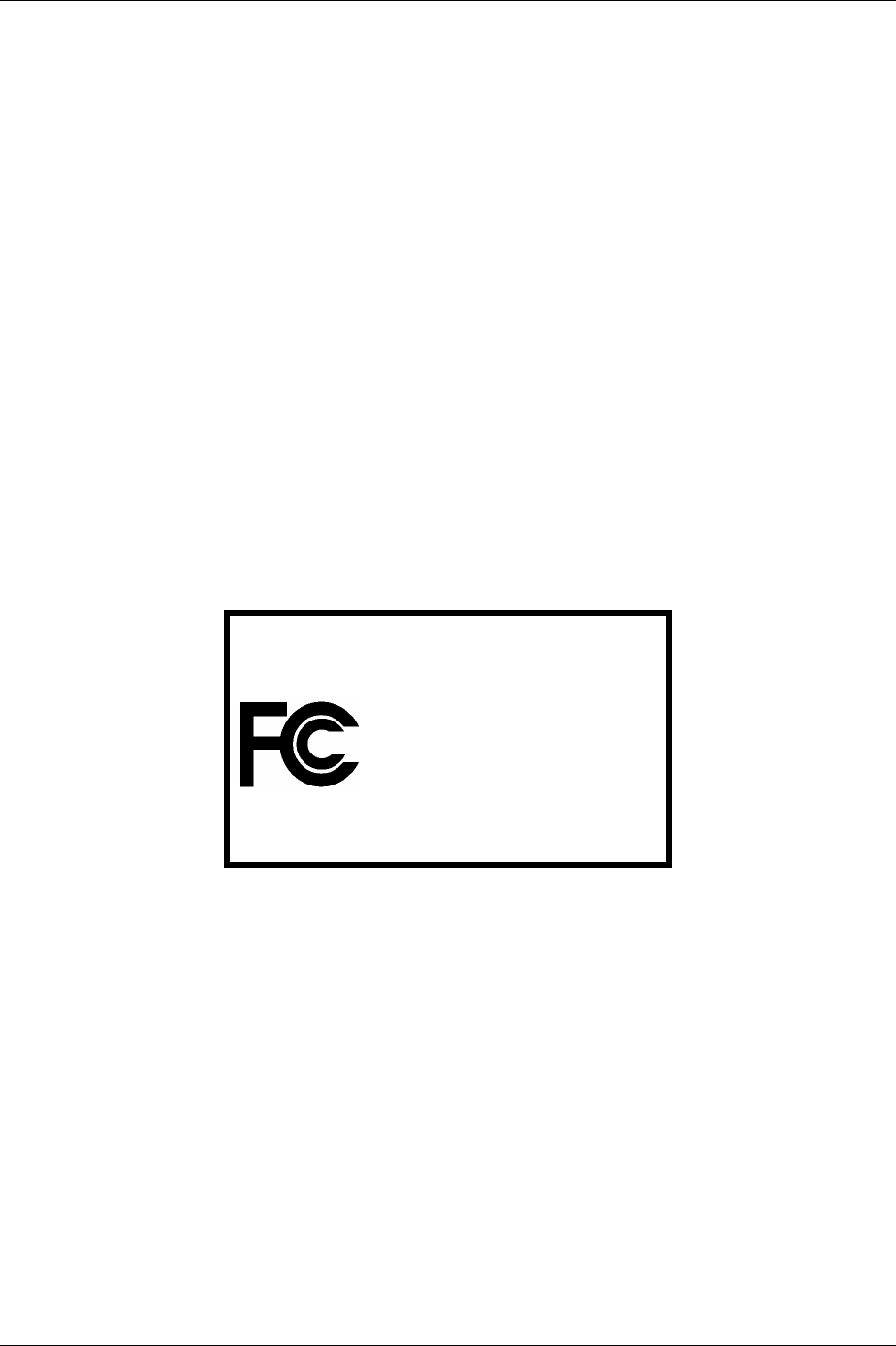
Cordless Serial Adapter User Guide
September 22, 2003 Copyright © 2003, Socket Communications, Inc. Page i
Document#: 6410-00000 A CONFIDENTIAL Revision 0.9
Reproduction of the contents of this manual without the permission of Socket
Communications, Inc. is expressly prohibited.
Please be aware that the products described in this manual may change without notice.
This manual has been prepared with the greatest care regarding its contents. However, in the
event that it contains omissions, errors or any other misinformation, please feel free to direct
comments to:
Socket Communications, Inc.
37400 Central Court
Newark, CA 94560
You are also welcome to call Socket Communications Inc. at (510) 744-2700, or you may FAX
inquiries to (510) 744-2727.
Other than the above, Socket Communications, Inc. can assume no responsibility for anything
resulting from the application of information contained in this manual.
CSA BTCSA
FCC ID: LUBCSA-1
Tested To Comply
With FCC Standards
FOR HOME OR OFFICE USE

Cordless Serial Adapter User Guide
September 22, 2003 Copyright © 2003, Socket Communications, Inc. Page ii
Document#: 6410-00000 A CONFIDENTIAL Revision 0.9
Regulatory Compliance
The Socket Bluetooth module is designed to be compliant with the rules and regulations in
locations where they are sold and will be labeled as required. This product is type approved —
users are not required to obtain license or authorization before using.
Radio Frequency Interference Requirements
This device complies with part 15 of the FCC rules. Operation is subject to the following
conditions: (1) This device may not cause harmful interference, and (2) this device must accept
any interference received, including interference that may cause undesired operation.
This equipment is also ETS 300 328, ETS 300 826 and C-TICK compliant. These limits are
designed to provide reasonable protection against harmful interference when the equipment is
operated in a commercial environment.
This equipment generates, uses, and can radiate radio frequency energy and, if not installed and
used in accordance with the instruction manual, may cause harmful interference to radio
communications. Operation of this equipment in a residential area is likely to cause harmful
interference, in which case the user will be required to correct the interference at his or her own
expense.
This equipment generates and radiates radio-frequency energy. To comply with FCC RF
exposure compliance requirements, the following antenna installation and device operating
configurations must be satisfied: (1) Users are not permitted to make changes or modify the
system in any way, and (2) connecting external antennas to the card is prohibited. Changes or
modifications not expressly approved by the party responsible for compliance could void the
user’s authority to operate the equipment.
If this equipment does cause harmful interference to radio or television reception, which can be
determined by turning the equipment off and on, the user may try to correct the interference by
one or more of the following measures:
Reorient or relocate the receiving antenna of the radio or television.
Increase the distance separating the equipment and the receiver.
Connect the equipment to an outlet on a different branch circuit than that of the receiver.
Consult the dealer or an experienced radio/TV technician for help.
The user may find the following booklet helpful: How to Identify and Resolve Radio-TV
Interference Problems. This booklet is available from the U.S. Government Printing Office,
Washington, D.C. 20402.

Cordless Serial Adapter User Guide
September 22, 2003 Copyright © 2003, Socket Communications, Inc. Page iii
Document#: 6410-00000 A CONFIDENTIAL Revision 0.9
U.S. Regulatory Wireless Notice
This product emits radio frequency energy, but the radiated output power of this device is far
below the FCC radio frequency exposure limits. Nevertheless, the device should be used in
such a manner that the potential for human contact with the antenna during normal operation is
minimized.
Radio Frequency Interference Requirements – Canada
This Class B digital apparatus meets the requirements of the Canadian Interference-Causing
Equipment Regulations. Cet appareil numérique de la Classe B respecte toutes les exigencies
du Reglement sur le Matériel Brouilleur du Canada.
Canadian Regulatory Wireless Notice
Operation is subject to the following two conditions: (1) this device may not cause
interference, and (2) this device must accept any interference, including interference that may
cause undesired operation of the device.
To prevent radio interference to the licensed service, this device is intended to be operated
indoors and away from windows to provide maximum shielding. Equipment (or its transmit
antenna) that is installed outdoors is subject to licensing.
The term “IC:” before the certification/registration number only signifies that the Industry
Canada technical specifications were met.
CE Marking & European Union Compliance
Products intended for sale within the European Union are marked with a CEMark which
indicates compliance to applicable Directives and European Normes (EN), as follows.
Amendments to these Directives or ENs are included: Normes (EN), as follows:
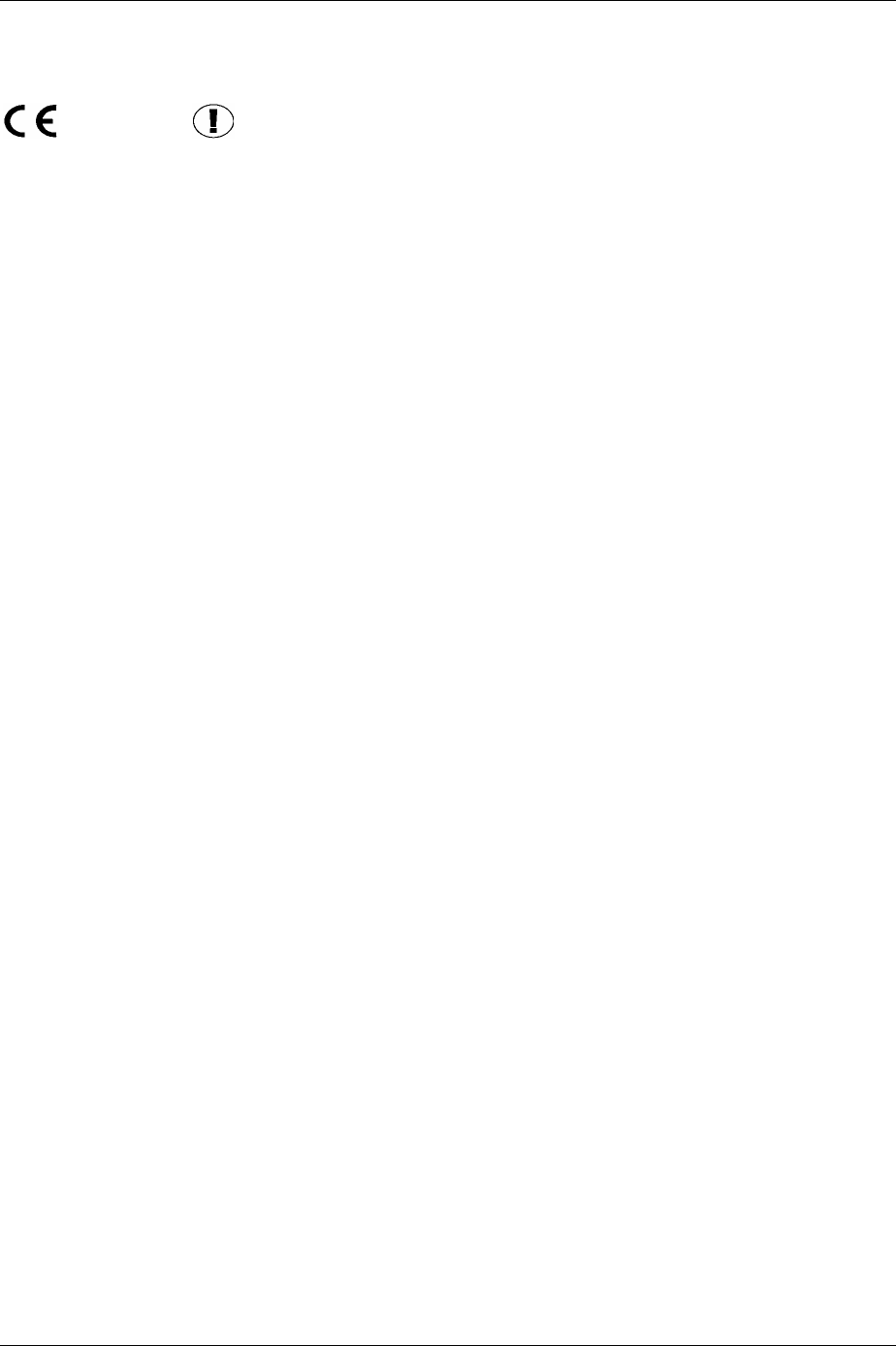
Cordless Serial Adapter User Guide
September 22, 2003 Copyright © 2003, Socket Communications, Inc. Page iv
Document#: 6410-00000 A CONFIDENTIAL Revision 0.9
European Union Notice
0682
Products bearing the CE marking comply with the R&TTE Directive (1999/5/EC), EMC
Directive (89/336/EEC), and the Low Voltage Directive (73/23/EEC) issued by the
Commission of the European Community.
Compliance with these directives implies conformity to the following European Norms (in
parentheses are the equivalent international standards and regulations):
EN 55022 (CISPR 22)—Electromagnetic Interference
EN 55024 (IEC61000-4-2, 3, 4, 5, 6, 8, 11)—Electromagnetic Immunity
EN61000-3-2 (IEC61000-3-2)—Power Line Harmonics
EN61000-3-3 (IEC61000-3-3)—Power Line Flicker
EN 60950 (IEC 60950)—Product Safety
EN 300 328—Technical requirements for radio equipment
ETS 300 826 or EN 301 489-17—General EMC requirements for radio equipment
This product may be used in all EU and EFTA countries.
Applicable Standards:
EN 55 022 – Limits and Methods of Measurement of Radio Interference Characteristics
of Information Technology Equipment.
EN 50 082-1 – Electromagnetic Compatibility – General Immunity Standard, Part 1:
Residential, Commercial, Light Industry.
IEC 801.2 – Electromagnetic Compatibility for Industrial Process Measurement and
Control Equipment, Part 2: Electrostatic Discharge Requirements.
IEC 801.3 – Electromagnetic Compatibility for Industrial Process Measurement and
Control Equipment, Part 3: Radiated Electromagnetic Field Requirements.
IEC 801.4 - Electromagnetic Compatibility for Industrial Process Measurement and
Control Equipment, Part 4: Electrical Fast Transients Requirements.
EN 60 950 + Amd 1 + Amd 2 – Safety of Information Technology Equipment Including
Business Equipment.
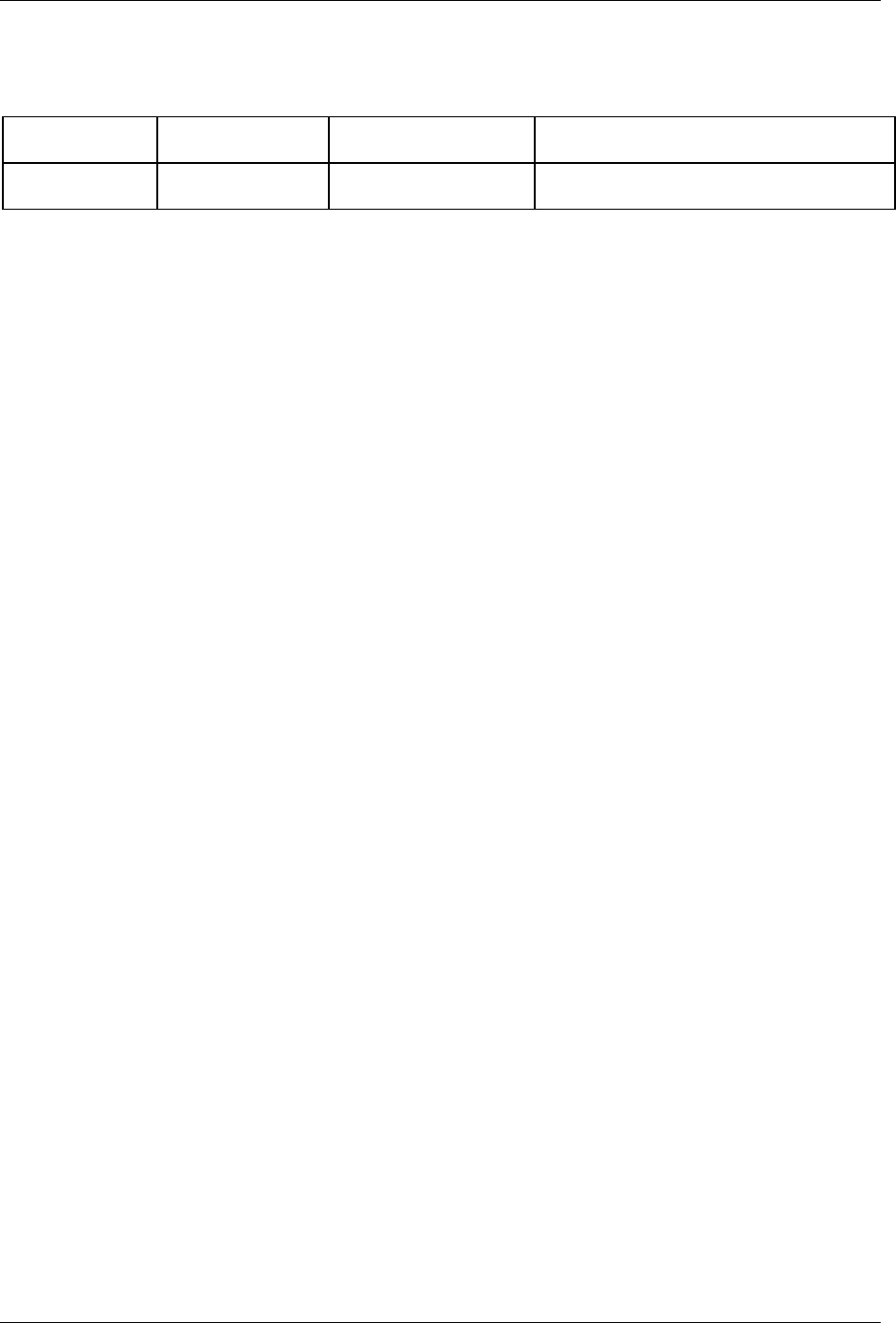
Cordless Serial Adapter User Guide
September 22, 2003 Copyright © 2003, Socket Communications, Inc. Page v
Document#: 6410-00000 A CONFIDENTIAL Revision 0.9
Revision Table
Revision Date Who Comments
0.95 10-Sep-2003 C. Ader Extract user guide from specification

Cordless Serial Adapter User Guide
September 22, 2003 Copyright © 2003, Socket Communications, Inc. Page vi
Document#: 6410-00000 A CONFIDENTIAL Revision 0.9
Table of Contents
1. Introduction ........................................................................................................................................ 1
1.1 Product definition ............................................................................................................................ 1
1.2 Feature List ...................................................................................................................................... 1
2 Operational Specifications................................................................................................................. 2
2.1 Operating Range ..............................................................................................................................2
2.2 Electrical Requirements................................................................................................................... 2
2.3 Power Consumption......................................................................................................................... 2
3 Hardware Interface............................................................................................................................ 3
3.1 CSA Pin Assignments...................................................................................................................... 3
3.2 Power Supply................................................................................................................................... 3
3.3 Indicator LEDs................................................................................................................................. 3
4 Hardware Interface Protocol ............................................................................................................ 4
4.1 Initialization status........................................................................................................................... 4
4.2 Connection enable............................................................................................................................ 4
4.3 Connection Status ............................................................................................................................4
4.4 RTS Flow Control Management...................................................................................................... 4
4.5 CTS Flow Control Management...................................................................................................... 4
5 Mechanical Specifications.................................................................................................................. 5
5.1 Dimensions ...................................................................................................................................... 5
5.2 Weight.............................................................................................................................................. 5
5.3 Housing Material ............................................................................................................................. 5
5.4 Physical Connectors......................................................................................................................... 5
6 Environmental Requirements ........................................................................................................... 5
6.1 Temperature/Humidity..................................................................................................................... 5
6.2 Shock ............................................................................................................................................... 5
6.3 Vibration .......................................................................................................................................... 6
6.4 Connector Insertion Durability ........................................................................................................ 6
6.5 ESD.................................................................................................................................................. 6
6.5.1 Non-operating Test.................................................................................................................. 6
6.5.2 Operating Test (connecting to PC, etc) ................................................................................... 6
6.5.3 Characteristics of electric static discharge generator .............................................................. 6
7 Software functionality........................................................................................................................ 7
7.1 Bluetooth Profiles/Software............................................................................................................. 7
8 Country and SKU Requirements...................................................................................................... 7
9 Regulatory Certifications Required.................................................................................................. 7
9.1 Basic Agency Certifications ............................................................................................................ 7
9.2 Additional Certifications and Logos................................................................................................7
10 Packaging ............................................................................................................................................ 8
10.1 Accessory Item(s) to be included in final package .......................................................................... 8

Cordless Serial Adapter User Guide
September 22, 2003 Copyright © 2003, Socket Communications, Inc. Page vii
Document#: 6410-00000 A CONFIDENTIAL Revision 0.9

Cordless Serial Adapter User Guide
September 22, 2003 Copyright © 2003, Socket Communications, Inc. Page viii
Document#: 6410-00000 A CONFIDENTIAL Revision 0.9
List of Tables
Table 1: DC Voltage Levels ......................................................................................................................... 2
Table 2: Power Consumption........................................................................................................................ 2
Table 3: DTE Pin Assignment ...................................................................................................................... 3

Cordless Serial Adapter User Guide
September 22, 2003 Copyright © 2003, Socket Communications, Inc. Page 1
Document#: 6410-00000 A CONFIDENTIAL Revision 0.9
1. Introduction
1.1 Product definition
In the CSA product line there will be two versions:
Cordless Serial Adapter – External Power - Provide a basic Serial Cable replacement function
with some user accessible command modes
1.2 Feature List
• Very small size
• Low Cost
• External Power device runs off 3.3-5V external power
• Parasitic power version uses power derived from the RS-232 signals to trickle charge
internal batteries
• Customizable via Virtual Machine coding to support many RS-232 flow control
configurations
• Firmware and VM code upgradeable in the field via programming cable interface
• Ability to configure certain Bluetooth and RS-232 parameters via a simple terminal
interface or through a Windows based configuration utility. For example baud rates,
Bluetooth friendly name, etc.
• Supports security and bonding
• Low power Bluetooth modes: Sniff, Park and Hold
• Raw serial module, class 2
• Internal antenna
• Adapter will be a serial port profile acceptor as default. It can be reprogrammed to be an
initiator but will require a specific BD address that it will connect with to be programmed
in.
• If the Adapter is in ‘imitator’ mode, it will be a Bluetooth Master device, and when it
connects to another device and that device requests a role reversal, the Adapter must accept
the reversal and become a slave. If the Adapter is in ‘acceptor’ mode, it will be a slave and
will not request any role reversal.
• Default baud rate 19,200
• Baud rates configurable from 9,600 – 230,000
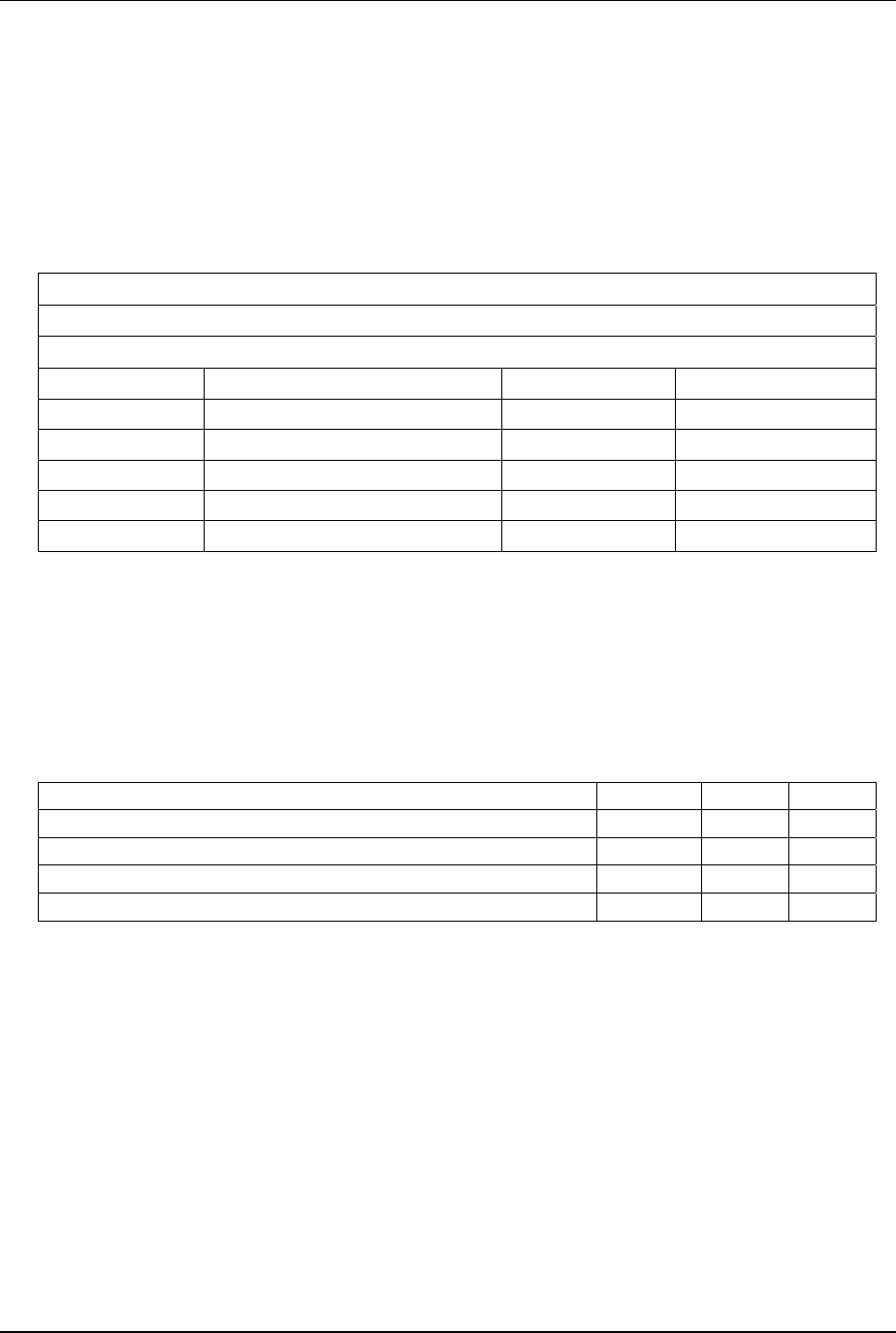
Cordless Serial Adapter User Guide
September 22, 2003 Copyright © 2003, Socket Communications, Inc. Page 2
Document#: 6410-00000 A CONFIDENTIAL Revision 0.9
2 Operational Specifications
2.1 Operating Range
10 meters at T=25ºC, open office conditions
2.2 Electrical Requirements
DC voltage levels
Vcc = 5 volts ±10%
Description Minimum Maximum
VIH High level input voltage 2.0 V 12V
VIL Low level input voltage -12 V 0.8 V
VOH High level output voltage* 3 V -------
VOL Low level output voltage* ------ -3 V
Table 1: DC Voltage Levels
2.3 Power Consumption
Expect ±10% variation over temperature.
Tambient= +20º C
Mode Average Max Units
Connected 40.5 76.5 mA
Connected standby (RS232 transceiver off) 3.5 53.0 mA
Waiting to connect 39.1 55.9 mA
Waiting to connect standby (RS232 transceiver off) 2.3 19.1 mA
Table 2: Power Consumption
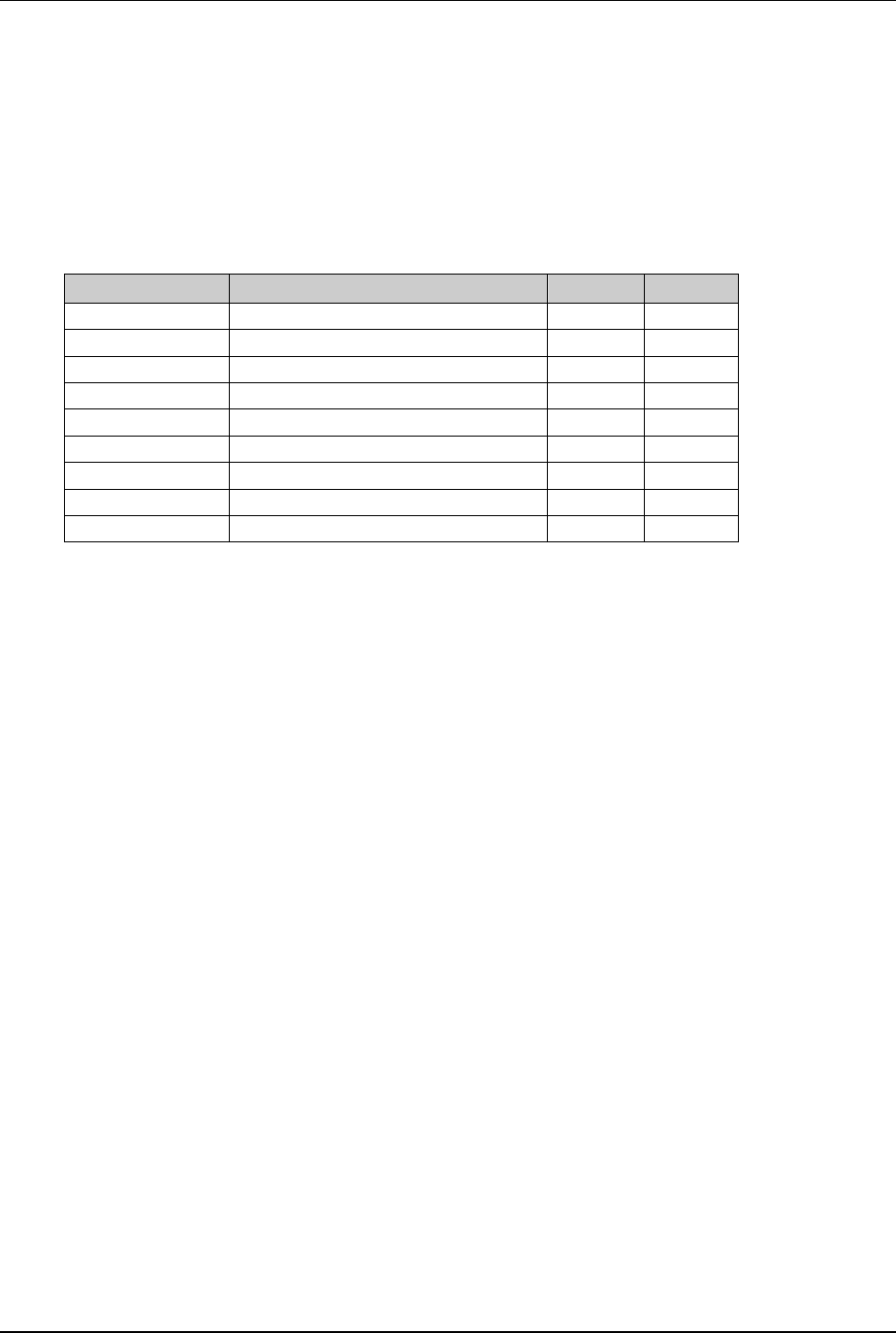
Cordless Serial Adapter User Guide
September 22, 2003 Copyright © 2003, Socket Communications, Inc. Page 3
Document#: 6410-00000 A CONFIDENTIAL Revision 0.9
3 Hardware Interface
3.1 CSA Pin Assignments
The pin assignments are per the DB9 RS-232 convention but offer some options for non-
standard configurations.
Signal Name Function Direction Pin #
PIO_2 DCD – Carrier detect IN 1
UART_RXD RXD serial data from local host IN 2
UART_TXD TXD serial data to local host OUT 3
PIO_4 DTR Data terminal ready OUT 4
GND Ground 5
PIO_3 DSR Data set ready IN 6
UART_RTS RTS Request to send to local host OUT 7
UART_CTS CTS Clear to send from local host IN 8
CABLE_POWER Optional power input (3.3 to 5.0 Vdc) 9
Table 3: DTE Pin Assignment
3.2 Power Supply
Power over pin 9 (must be able to supply a minimum of 160mA at 3.3V to 5V )
External – use the same power adapter as GPS (includes 2 European and one Australian power
connectors)
3.3 Indicator LEDs
Bluetooth LED (one LED only in different states):
• LED flashing one time every two seconds CSA is powered but not discoverable or
connectable.
• LED flashing two times every two seconds CSA is waiting to connect.
If acting as ACCEPTOR connectable. If acting as INITIATOR waiting for local host to
issue command to initiate the connection.
• LED flashing three times every two seconds CSA is connected.

Cordless Serial Adapter User Guide
September 22, 2003 Copyright © 2003, Socket Communications, Inc. Page 4
Document#: 6410-00000 A CONFIDENTIAL Revision 0.9
4 Hardware Interface Protocol
4.1 Initialization status
Module pin 4 (PIO_1) is used as a status indicator. This line is LOW (zero) indicates that the
module has not completed initialization. This line HIGH (one) indicates that the module has
completed its initialization and is ready to accept commands or Bluetooth connections.
4.2 Connection enable
Module pin 9, serial pin 6, (PIO_3), is used to enable the module’s connectability and
discoverability.
If the module is configured in software to be an Acceptor (see Serial Port Profile in the Bluetooth
1.1 Profiles document) device, when this line is high the module is not discoverable or
connectable, regardless of the software settings. When this line is low the module can be
discoverable and connectable, depending on the software settings. If this line is changed from
low to high, any existing connections are dropped and the module will not be discoverable or
connectable.
If the module is configured in software to be an Initiator device, when this line is high the
module will not attempt to connect to its Acceptor device (if it has one). When this line is low
the module will attempt to connect to its Acceptor device.
4.3 Connection Status
Module pin 5, serial pin 4, (PIO_4) is used by the local host to determine the modules current
connection state. When this pin is low, there is an active connection. When this pin is high, there
is no connection currently active. This pin can be used by the host to determine when the module
is in BT Link Active state or BT Link Inactive state.
4.4 RTS Flow Control Management
Module pin 12, serial pin 7, (RTS) is used by the module to hold of data or command
transmissions from the host. When module pin 12 is low, data or commands can be sent to the
module, when module pin 12 is high, data or commands shall not be sent to the module.
When the module is starting up after power up, RTS may go inactive for a short time. It will
return to active when the module is ready to receive control commands or data.
4.5 CTS Flow Control Management
Module pin 14, serial pin 8, CTS is used to control data flow from the module to the local host.
When module pin 14 is low the module will send any available data to the local host. When this
pin is high the module will not send data to the local host.

Cordless Serial Adapter User Guide
September 22, 2003 Copyright © 2003, Socket Communications, Inc. Page 5
Document#: 6410-00000 A CONFIDENTIAL Revision 0.9
5 Mechanical Specifications
5.1 Dimensions
Length 65mm
Width 35mm
Height 17mm
5.2 Weight
25 grams
5.3 Housing Material
ABS and Polycarbonate (50/50) combination material.
5.4 Physical Connectors
• External Power, AC In, uses same power supply as BT GPS
• 9 pin male connector, DTE
• Thumb screws
6 Environmental Requirements
6.1 Temperature/Humidity
Operating temperature range: -20º to 85º C
Humidity: 5% to 95% (non-condensing)
Storage temperature range: -40º to 95º C
6.2 Shock
Unit Mechanical Shock: The unit will function properly after 30 drops of 1 meter to a concrete
floor at 23 C, consisting of 5 drops to each of the following surfaces: Top, bottom, both sides,
nose and the contact end of the unit. Physical repair is allowed only to the connector area for
proper insertion into a DB9 connector.
Conditions: No degradation of functional performance.
No loose internal components.

Cordless Serial Adapter User Guide
September 22, 2003 Copyright © 2003, Socket Communications, Inc. Page 6
Document#: 6410-00000 A CONFIDENTIAL Revision 0.9
6.3 Vibration
The unit shall withstand a sinusoidal vibration of 2Gs along each of the 3 mutually
perpendicular axes for a period of 1 hour per axis, over a frequency range of 5 Hz to 2,000 Hz.
Conditions: No degradation of functional performance.
No loose internal components.
6.4 Connector Insertion Durability
The unit will continue to function after 5,000 insertions.
6.5 ESD
Meet the following criteria using measuring method based on IEC61000-4-2
6.5.1 Non-operating Test
Discharge through air (up, down, left, right, front, back):
• No erroneous operation at ±8kV
• No destruction at ±10kV
Discharge by contact (metal plate):
• No erroneous operation at ±6kV
• No destruction at ±10kV
6.5.2 Operating Test (connecting to PC, etc)
Discharge through air (up, down, left, right, front)
• No erroneous operation at ±8kV
• No destruction at ±10kV
6.5.3 Characteristics of electric static discharge generator
Energy Accumulation Capacitance (Cs+Cd): 150pF±10%
Discharge Resistance (Rd): 330ohm±10%

Cordless Serial Adapter User Guide
September 22, 2003 Copyright © 2003, Socket Communications, Inc. Page 7
Document#: 6410-00000 A CONFIDENTIAL Revision 0.9
7 Software functionality
7.1 Bluetooth Profiles/Software
GAP, SDP, SPP
Separate programming application to allow a user to manually configure:
• baud rate
• stop bits
• parity
• flow control
The application needs to run on 98SE, 2000, XP and Windows Pocket PC 2002 & Pocket PC
2003
Cordless Adapter would need to be attached to the serial port of the notebook or desktop
running the programming application. Application will include the ability to update firmware
in the Adapter via an XP based system.
8 Country and SKU Requirements
Support for English only in this release.
9 Regulatory Certifications Required
9.1 Basic Agency Certifications
1) US FCC
2) Canada IC
3) European Union CE
4) Australia & New Zealand C-Tick
5) Japan JATE
9.2 Additional Certifications and Logos
In addition the Cordless Adapter will carry the following logo:
• Bluetooth Brand Logo as authorized by complying with the Bluetooth SIG
Certification.
• The product must pass the “Bluetooth End Product” type certification.

Cordless Serial Adapter User Guide
September 22, 2003 Copyright © 2003, Socket Communications, Inc. Page 8
Document#: 6410-00000 A CONFIDENTIAL Revision 0.9
10 Packaging
10.1 Accessory Item(s) to be included in final package
• US AC power supply (includes 2 European and one Australian power connectors)